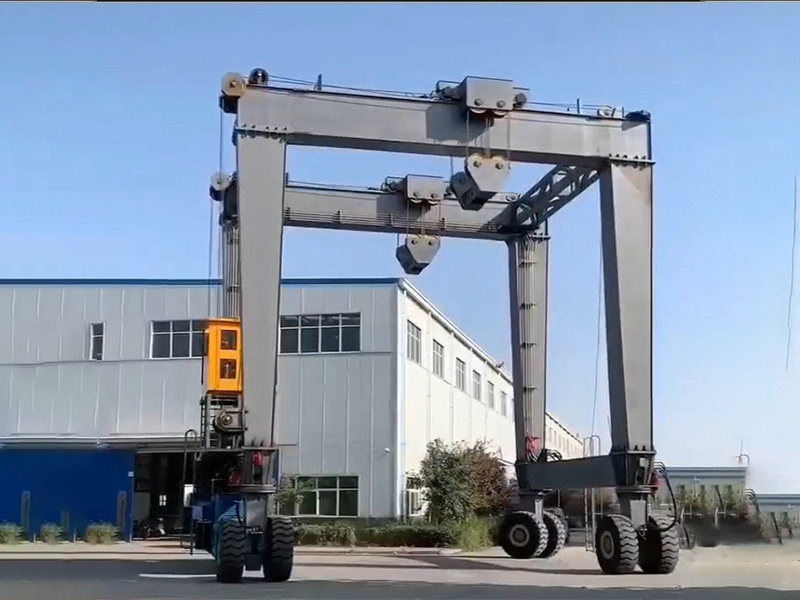Henan Aifite Intelligent Equipment Co., LTD.
Ground-level Electric Flat Car
Classification:
Product Introduction
Ground-level Electric Flat Car
The transportation industry has seen significant advancements over the years, with innovations aimed at improving efficiency, safety, and sustainability. Among these innovations, the ground-level electric flat car has emerged as a practical solution for various logistical challenges. This article explores the design, functionality, applications, and future potential of ground-level electric flat cars, shedding light on their role in modern transportation.
The Design of Ground-level Electric Flat Cars
Ground-level electric flat cars are engineered for versatility and efficiency. Typically constructed from lightweight yet durable materials, these vehicles are designed to transport goods over short to medium distances. Their flatbed design allows for easy loading and unloading of various types of cargo, including heavy machinery, construction materials, and even retail products.
The electric propulsion system is one of the defining features of these flat cars. Powered by rechargeable batteries, they produce zero emissions during operation, making them an environmentally friendly alternative to traditional diesel-powered vehicles. This aspect is particularly crucial in urban areas, where air quality and noise pollution are major concerns.
Another important design consideration is the low-profile structure of ground-level electric flat cars. By maintaining a height close to the ground, they facilitate easier access for loading and unloading, reducing the need for additional equipment such as forklifts or cranes. This feature not only enhances operational efficiency but also improves safety for workers handling cargo.
Functionality and Operation
Ground-level electric flat cars operate using advanced electric motors that provide high torque and acceleration, enabling them to transport heavy loads with ease. The vehicles are equipped with regenerative braking systems that capture energy during braking and feed it back into the battery, enhancing overall efficiency.
In terms of control, these flat cars often feature sophisticated navigation systems, allowing for precise movement in various environments. Many models are equipped with automated driving capabilities, enabling them to follow pre-determined routes or respond to real-time conditions. This automation reduces the need for human operators, lowering labor costs and minimizing the potential for human error.
Moreover, ground-level electric flat cars can be integrated with smart technology, such as IoT sensors, to monitor cargo conditions and vehicle performance. This data-driven approach allows for real-time tracking and management, improving supply chain visibility and operational efficiency.
Applications Across Industries
The versatility of ground-level electric flat cars makes them suitable for a wide range of applications across various industries. In the construction sector, they are used to transport heavy materials, tools, and equipment on job sites. Their ability to navigate rough terrain and tight spaces makes them invaluable for construction managers looking to streamline operations.
In the manufacturing industry, ground-level electric flat cars are often utilized in assembly lines to move products between different stages of production. Their efficiency in transporting goods reduces bottlenecks, increases productivity, and allows for a smoother workflow.
Additionally, the retail sector has begun to adopt these vehicles for last-mile delivery solutions. As e-commerce continues to grow, the demand for efficient and environmentally friendly delivery options has increased. Ground-level electric flat cars can navigate urban environments and deliver goods directly to consumers, offering a sustainable alternative to traditional delivery trucks.
The Future of Ground-level Electric Flat Cars
The future of ground-level electric flat cars looks promising, driven by the ongoing shift towards sustainable transportation solutions. As governments and organizations worldwide prioritize reducing carbon footprints, the demand for electric vehicles, including flat cars, is expected to rise.
Innovations in battery technology will likely enhance the performance of these vehicles, allowing for longer operational ranges and shorter charging times. This advancement will enable ground-level electric flat cars to take on more extensive routes and larger loads, further increasing their utility.
Furthermore, as cities become more congested, the need for efficient urban logistics solutions will grow. Ground-level electric flat cars, with their low emissions and ability to operate in confined spaces, are well-positioned to meet this demand. The integration of autonomous driving technology will also play a significant role in their future, potentially transforming how goods are transported within urban settings.
In conclusion, ground-level electric flat cars represent a significant advancement in the transportation industry. Their innovative design, functionality, and versatility make them suitable for a variety of applications across multiple sectors. As technology continues to evolve and sustainability becomes a priority, these electric flat cars will play an increasingly vital role in shaping the future of logistics and transportation. With their potential to reduce emissions, improve efficiency, and enhance safety, ground-level electric flat cars are not just a trend but a necessary evolution in modern transportation.
Keyword:
Feedback
Leave a message online and get the product quotation free of charge. We will arrange the specialist to contact you as soon as possible.







